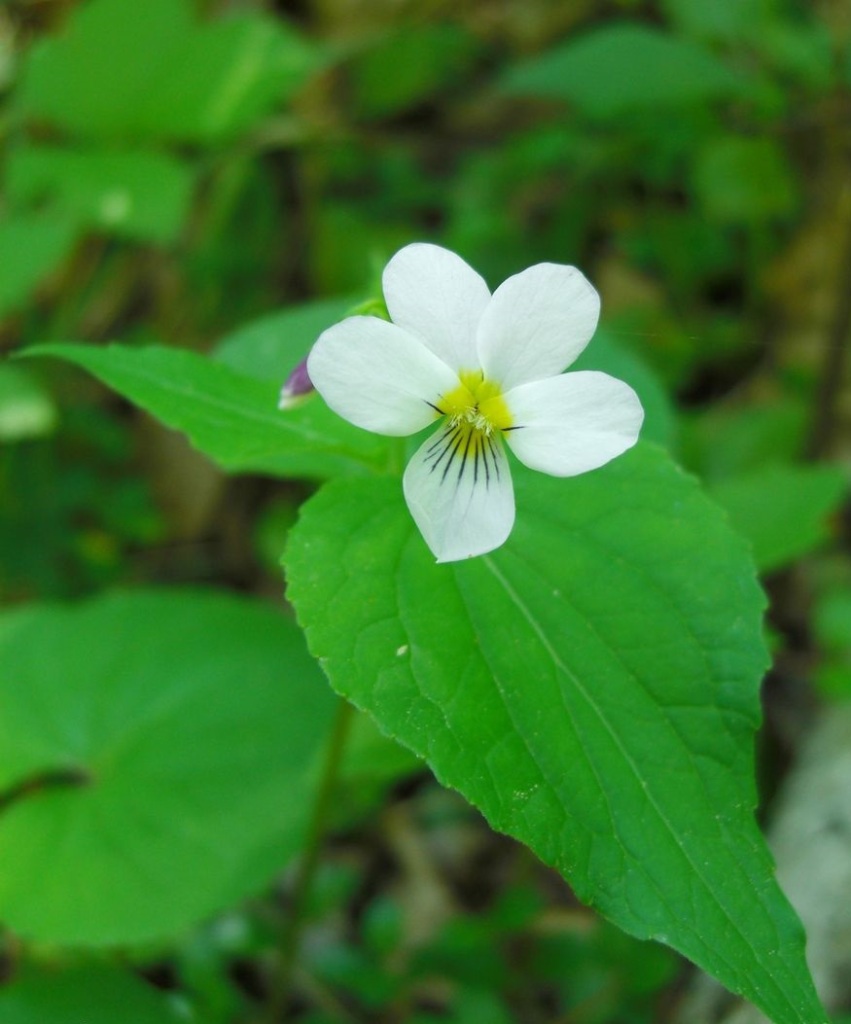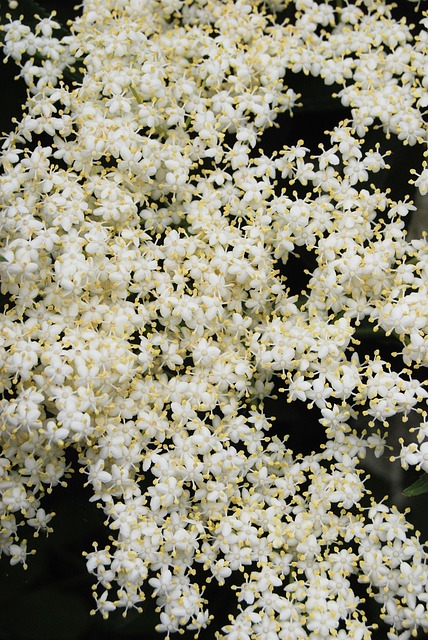Bouquet of Flavors, By Lucas Broehl
Spring – the time of year when the sun begins to wake up the world. Morning frost gives way to morning dew, people and animals shed their winter coats, and plants begin to flower in an attempt to convince insects to play a hybrid between cupid and the stork. Insects aren’t the only ones attracted to flowers, though. People have long found a myriad of uses for them; for decoration, as perfumes and potpourri, and we also eat them. Well, some of us eat some of them. The list of flower that fall under the heading ‘edible’ is a fairly long list. The list of flowers that actually taste good is a bit shorter but still long enough to allow for a great deal of variety and a chance for exploration. Oregon, with its propensity to have things grow everywhere, has many flowers with culinary potential, both native plants and introduced ones. To list them all would be to write a novel, so I’ve chosen three native plants to share with you.
DISCLAIMER
Please, Please, Read Before Eating Any Flowers
While it can be a rewarding experience, eating flowers can easily be a deadly one too. Sourcing your flowers is incredibly important. Buying from a florist is a good way to learn what pesticides taste like and to learn just how professional Poison Control actually is. Picking them wild can be equally dangerous. Flowers that grow along roadsides will have a hearty exhaust flavor to them, and the risk of pesticides goes from a certainty to Russian roulette. When foraging, it is also of vital importance to know exactly what the flower you are looking for looks like, as well as to know the difference between it and every similar looking flower that grows in the same area. Both the blue elder and the Canada violet have close relatives that are entirely toxic. The most popular decorative variety of violet is a toxic variety. Once you have the correct plant, it’s also important to make sure you have the correct part of the plant. The Canada violet has nearly as many toxic parts as it does edible. Luckily separating them isn’t all that hard to do. The Oregon grape and blue elder both produce berries that are considered toxic until ripe, though unripened they are considered so unpalatable that no one would actually eat enough to poison themselves. For the sake of safety, most recommend that flowers meant for eating are either homegrown or purchased from a store that sells them explicitly as a food item.
Oregon Grape (Mahonia aquifolium, Mahonia nervosa, Mahonia repens)
Flower: The Oregon grape is the state flower of Oregon which, confusingly enough, can be one of three distinct species. The tall Oregon grape (Mahonia aquifolium) is the plant that actually carries the title of state flower, but its close relatives the dwarf Oregon grape (Mahonia nervosa) and the creeping Oregon grape (Mahonia repens) both produce small yellow blooms in mid to late spring just like their taller cousin.
Flavor: Another confusing thing is that the fruit produced by these plants are not grapes, but berries. The berries are often used in jellies and preserves, made palatable by an abundance of sugar. Raw the berries could generously be described as tangy, and less generously described as face puckeringly sour. The flavor of the berries is important to understand as where the berries go, the flowers follow. The flavor of the flower could be described as a mellower version of the flavor found in the berries. The mellower flowers are more palatable than the berries when eaten raw, but raw isn’t the only way they can be enjoyed.
Uses: Some people fry them or candy them to make them into a somewhat sweeter treat. What I find most interesting is brewing the flowers and buds like a tea. You end up with a tangy yellow drink that, if you serve chilled and with a bit of sugar added, you could use as a good substitute for lemonade.
Blue Elder (Sambucus nigra ssp. cerulea)
Flower: This is a plant that has a name that is only misleading when used for our purposes. The blue in the name is a reference to the berries produced, while the shrubs burst into bloom in the late spring with small flowers that are undeniably white.
Flavor: Elderflowers have a sweet and unsurprisingly floral flavor. My first experience tasting elderflower left my tongue a bit confused, and I ended up saying that it tasted “like children’s Tylenol, but in a good way.” Describing the flavor of the flower in detail is surprisingly hard. Since the blue elder is so similar to (and is in fact a subspecies of) its European relative with a long history in the kitchen, it might just be best to say that the elderflower tastes like elderflower.
Uses: Elderflowers have long been used to flavor drinks of both an alcoholic and non-alcoholic variety in Europe. Most often drinks are flavored by elderflower cordial, an infusion of elderflowers, sugar, and citrus, with a very strong flavor that requires some dilution before drinking. Our own native elderflower has some culinary history of its own, but once again it is mostly drinks and infusions. For something that relies a little less on tradition, the flowers themselves can be eaten and are supposed to be very good when fried using a lighter oil and a light batter that won’t overpower the flavor of the flower itself.

“Canada Violet” copyright 2009 by Jason Hollinger and is made available under Creative Commons 2.0 Generic Attribution
Canada Violet (Viola canadensis)
Flower: Since I seem to enjoy names that are a little off, I’ll finish the list with a white violet. The Canada violet is a perennial with petals that grow in the same pattern as other more well-known violets. Not purely white, the base of the flower is yellow, and some flowers even have violet streaks in them.
Flavor: To get a good idea of what a violet tastes like, smelling it is perhaps the best route to take. The sweet smell of the flower is a more concentrated dose of its sweet flavor.
Uses: Like the elderflower, violets are often used as a flavoring for drinks, though mostly through the use of simple syrup or brewing the flowers like a tea, rather than the more complex cordial. Some chefs like to create and use violet sugar, allowing them to give dishes the floral hints and sweetness without having to use the petals. Though, like the other flowers, the violet can stand up on its own as an actual food. They are often eaten raw, and indeed are mostly raw when used as a decoration. Candying them though may be the best way to enjoy violets as a snack, as it makes them sweet but not overpowering.

